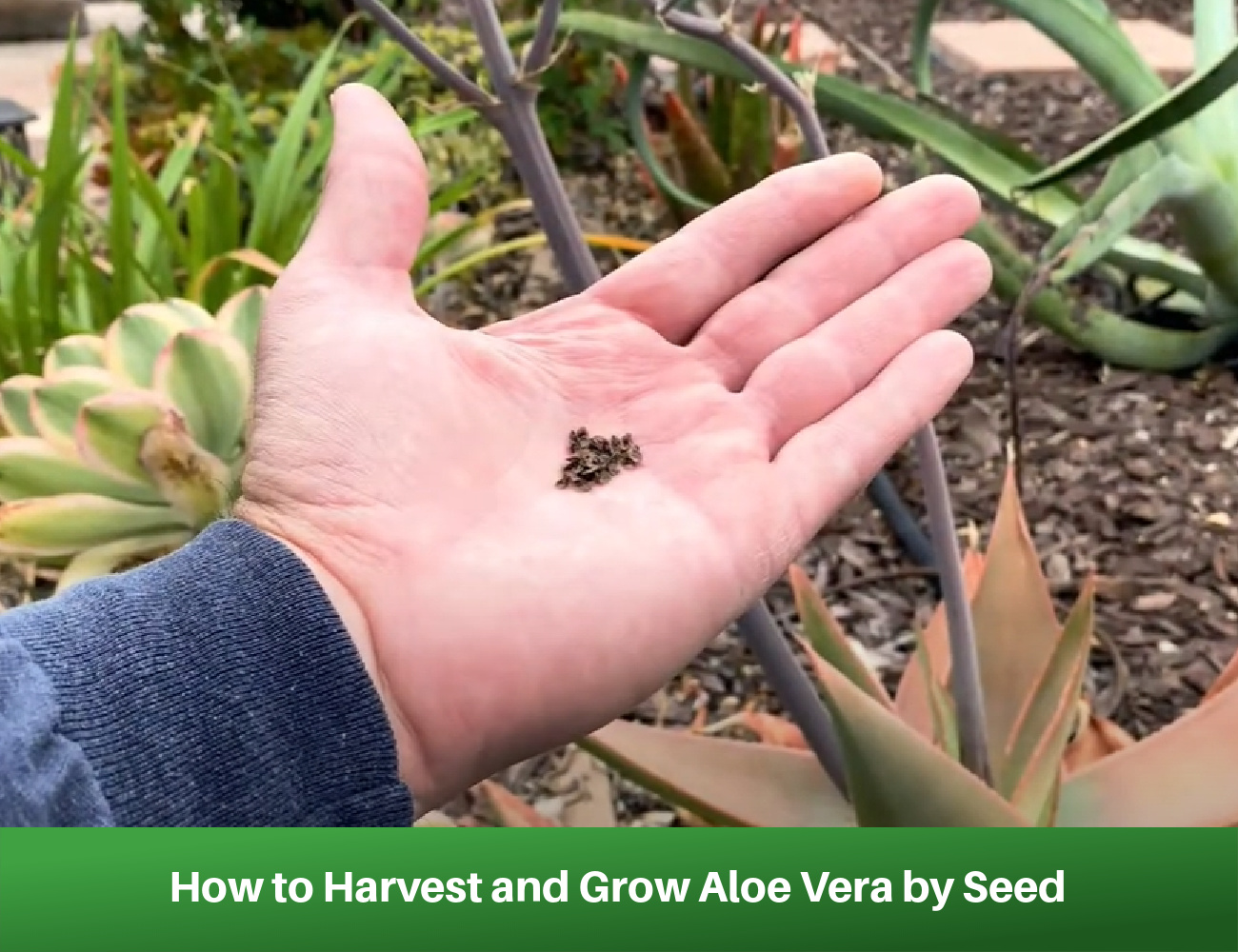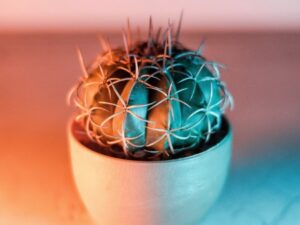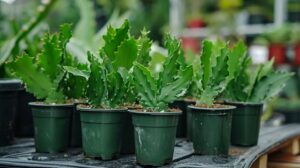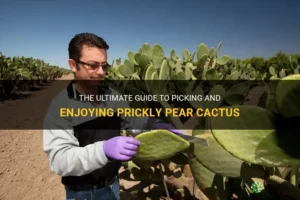Aloe Vera, often celebrated for its versatile applications in skin care and health, offers an engaging opportunity for plant enthusiasts to propagate through cuttings. Unlike seeds, cuttings provide a more straightforward method to multiply your Aloe plants while ensuring the genetic integrity of the parent plant is maintained. As you delve into the intricacies of growing Aloe cuttings, you’ll find both the process and the plant itself provide ample fascination.
A Glance at Aloe Vera’s Resilience
Aloe Vera is well noted for its ability to thrive in less-than-ideal conditions and can often be seen flourishing in arid landscapes. This resilience allows not only seasoned gardeners but also novices to partake in the rewarding experience of cultivation. The striking, fleshy leaves of Aloe Vera, coupled with its forgiving nature, make it a houseplant that garners admiration and calls forth curiosity about its propagation through cuttings.
Essential Elements for Successful Propagation
When embarking on the journey of propagating Aloe Vera through cuttings, a fundamental understanding of the components required for success is crucial. Each of these components plays a pivotal role in ensuring that your cuttings not only survive but thrive.
Selecting the Right Parent Plant
Before you take cuttings, evaluating the health and vigor of your parent plant is essential. Look for a mature, robust Aloe Vera that displays vibrant, plump leaves. Avoid plants that are discolored, wilting, or showing signs of pest infestations. The vitality of the parent plant will directly influence the success of the cuttings.
Timing for Optimal Success
The timing of your propagation efforts is equally important. Spring or early summer is generally regarded as the most favorable time since the plant is in its active growth phase. During this period, the plant allocates resources toward new growth, thereby increasing the likelihood that your cuttings will root successfully. Avoid attempting to propagate during dormancy, which occurs in late fall and winter.
Sharpening Your Tools
To ensure a clean cut, utilize a sharp, sterile knife or scissors. A clean cutting instrument minimizes the risk of introducing pathogens to your cuttings. Disinfecting the blades with rubbing alcohol before making any incision is a simple step that can significantly enhance the success rate of your propagation efforts.
The Art of Taking Aloe Cuttings
Taking cuttings from an Aloe plant is a refined process that requires precision and care. The method of cut you choose and how you handle those cuttings can greatly influence their ability to root effectively.
Choosing the Right Cut
Select a healthy leaf that is at least 4-6 inches long for ideal results. Make your incision near the base of the leaf where it attaches to the main rosette. This is where energy is concentrated, making it easier for the cutting to develop roots.
Handling Your Cuttings
After taking the cuttings, let them dry out for a day or two. This drying period is essential as it allows the cut end to callous, preventing rot once it’s placed in soil. During this time, place the cuttings in a shaded area with good airflow.
Planting Your Aloe Cuttings
Now that your cuttings are ready, it is time to plant them. Proper soil selection is critical to successful rooting and growth.
Opting for the Right Soil Mix
Use a well-draining potting mix formulated for succulents or cacti. Alternatively, a blend of regular potting soil mixed with sand or perlite creates an ideal medium for growth. The goal is to ensure that excess moisture does not accumulate, thereby facilitating healthy root development.
Pot Selection
Choose a pot that offers drainage holes at the bottom. Terra cotta pots are highly recommended as they not only allow excess moisture to escape but also provide an aesthetically pleasing option for houseplants. The size of the pot should correlate with the size of the cutting – a small pot is often sufficient.
Planting Technique
Fill the pot with your chosen soil mix, making a small hole in the center large enough to accommodate the cut end of your Aloe cutting. Place the cutting in the hole, ensuring it stands upright. Gently pack the soil around the cutting to provide support. Refrain from watering immediately, as the cutting still needs time to acclimate.
Nurturing Your Cuttings
In the initial stages post-planting, it’s crucial to provide the optimal environment for your cuttings to root and establish themselves.
Light Requirements
Position your potted cuttings in a location where they receive bright, indirect sunlight. Direct sunlight may scorch the sensitive cuttings, thus making indirect light the safer option until they are established.
Maintaining Moisture Levels
Watering should be done sparingly in the first weeks. The focus should be on allowing the soil to dry out between watering sessions. A light misting can provide a humidity boost without saturating the soil. Once roots have developed, you can increase watering frequency incrementally.
Indicators of Successful Rooting
Be patient; rooting can take anywhere from a few weeks to a couple of months. Watch for signs of new growth, such as the emergence of new leaves. This is an indication that the cutting is successfully establishing itself.
Conclusion: The Reward of Patience and Care
Cultivating Aloe Vera from cuttings is not just a mere gardening task; it is an enriching experience that requires attention to detail, patience, and a deep appreciation for the biology of the plant. The success of your cuttings is a reflection of the care you provide, transforming mere cut pieces into thriving plants that extend their legacy. Whether you are motivated by the beauty of the plant or its benefits, the journey of growing Aloe Vera from cuttings embodies a passion shared by many—a reminder of nature’s ability to regenerate and flourish.





Leave a Comment